 I can remember the first day I seriously questioned my faith in humanity. Not in God, not in the Roman Catholic Church, but instead a serious doubt about the salvation of human beings.
I can remember the first day I seriously questioned my faith in humanity. Not in God, not in the Roman Catholic Church, but instead a serious doubt about the salvation of human beings.
Although it may sound cliche, I can promise the reader that the feeling of complete and utter disdain, shock, and horror I felt that day wasn’t unwarranted.
On June 27, 2018, Insider published Kieran Corcoran’s article, “A photo of rosaries taken from migrants at the US border became a viral symbol — and the artist who took it hopes it can change things.”
Years later, I still think about that picture.
Forty-three rosaries that had been fished out of the garbage by a janitor of the Ajo, Arizona migrant processing facility; 43 rosaries that had been deemed “non-essential;” 43 rosaries that contained the hopes, fears, dreams, aspirations, and prayers of 43 unique human beings.
Even when you set aside the religious connotation, the shocking displays of barbarity that US Border Control has continued to display since that picture paint a stark picture of humanity’s dark side that continues to haunt me to this day.
As much as I despise the idea on principle, Catholicism and politics are tied together and have been for quite a while. One needs only a history book flipped to the “Papal States” section to see that for nearly 1,200 years the Pope exercised secular power as the “King of Rome.” However, the merger of religion and politics, despite their propensity to be bedfellows, was not the origin of my shock and indignation that day in 2018.
Instead, I saw that image as an attack on myself, my family, and all Hispanic people of Latin America, religious or not – because taking rosaries at the border is an attack on our identity.
I use the term “Hispanic” here intentionally.We may condemn it but the name Hispanic signifies something deeper. I am well aware of the problematic definition of the word by the US census, but in its Latin connotation of Hispania or the Iberian Peninsula.
Universal Amero-Hispanic identity began to first take concrete shape when works such as José Vasconcelos’ “La raza cosmica” (The Cosmic Race), began to be reinterpreted in the 1980’s as a treatise on the “mestizaje” or the mixed Euro-American identity of Mexicans. On the forefront of these ideas was an examination of the place of Catholicism in the ethnic psyche with the question of “how do you reconcile that the religion of your conqueror is so central to your contemporary identity?”
Catholicism came to be seen as the symbolic glue which held this mixed identity together.
This thought movement didn’t stay in Mexico. It went both South and North becoming a major influence on the thought leaders of South America and the US Chicano movement which championed the rights of Mexicans living in the United States. “El Movimento” (The Movement) as it was called by the Chicanos, drew a line in the sand in regards to identity and made it clear to the United States that Mexican-Americans would resist forced assimilation and the Catholic identity of Mexican-Americans was placed in opposition to US evangelical protestantism. Catholicism became indelibly tied to Latino-Americans in opposition to American cultural forces.
To the South of the US, Catholicism reigned supreme in all facets of Latin American life. Mexican academic Carlos Fuentes described it as “in Latin America, even atheists are Catholic.”
The faith of Latin America, which is now home to around 40% of the world’s Catholics, is one that is decorated by a complicated history. However, Fuentes observed that even the non-Catholics of Latin America behaved in a manner similar to Catholics. Mass participation in feast days, attendance of Church despite lack of belief, and an acknowledgement of the Church’s centrality in everyday life.
The somewhat accurate shorthand for this observation is that the Catholicism of Latin America and the Latinos of the US more closely resembles contemporary concepts of identity than it does religious belief. Of course, this analysis is not to undermine the faith of Latin American Catholics, but it begs the fundamental question of what constitutes organized religion.
Catholicism played a large role in the colonization of Latin America, but also became a refuge and safe haven for native peoples. Bartolome de la Casas championed indigenous rights, and in South America, Jesuits shielded native peoples despite the eventual consequence of their expulsion from Spain and its colonies. In this capacity the Church in Latin America has been artistically likened to a fickle mother, one who chastises her children severely but protects them nonetheless. This complex relationship played a major role in the formation of Latino identity and laid the groundwork for the tenuous relationship the Church has with Latin America.
Despite historical strains, Catholicism plays a massive role in Latin America and its politics. Much in the same way that the United States revolves around an evangelical protestant value calculus, the underpinnings of Latin American political organization are distinctly Catholic.
I have found that this concept of Catholicism as both an identity and a religion is one that is sometimes difficult for Catholics whose families have been in the United States for roughly more than four generations. Immigrant families such as the Irish, Italians, and Latin Americans oftentimes ground their newfound identities in a different nation with religion in a sort of “going back to the basics.”
Immigration is a very complex process of change that instills a new identity in the families and individuals that undergo it. One that is different from their home culture, but still holds onto core elements of it. For Latin American immigrants, Catholicism is still as much of an identity as it is a religion.
Thus, taking rosaries at the border is an attack on that identity.
Obviously, this article paints with a rather broad brush, and I have taken certain liberties based upon personal and familial experiences regarding the analysis surrounding the Chicano movement and the experience of Mexican-Americans. However, I do believe those same experiences are broadly representative of others.
For me, Catholicism is faith, but it is also something deeper. It is my family’s heritage as much as our ethnicity, our beliefs as much as what we are. The Our Lady of Guadalupe isn’t just a depiction of the Mother of God, it is the image Miguel Hidalgo carried as the Mexican revolution began, it is the symbolic amalgamation of the spirit of Mexico, its diaspora, and one of the most poignant reminders to immigrants of their homeland.
Like all people, Catholics all come from different backgrounds and experiences. I believe that it is good for all Catholics to explore perceptions of Catholicism that are different from their own. Oftentimes, these explorations lead to greater understanding of why different cultures treat their Catholic identities differently. In the case of Latin America and Latin American immigrants, our Catholicism cannot be separated from colonial history and a reconciliation of these complexities is an acceptance of not an idealized identity, but one that history created.
The reason so many of us are disturbed by the confiscation of rosaries at the border is because it demonstrates that the numerous crimes of US border patrol are often attacks of an identity at its core and a cultural battleground that unbridled US nationalism will eventually lose.
Pew Research Center predicts that by 2050 Latinos will account for 29% of the US population and with this growth a significant socio-religious cultural identity that is very different from the white evangelical protestant one that dominates the US today. With all groups growing similarly in the US, cultural and religious understanding will become essential to negotiate a more diverse nation.
If you’ve made it this far, you’re one step closer to forming that understanding, but there’s room to grow. For those wanting to learn more about the way religion has interacted with identity in the Americas, much of the overarching theory of this article is drawn from “El espejo enterrado” (The Buried Mirror) by Carlos Fuentes, “American Theocracy” by Ken Phillips, “American Catholics” by James J. Hennessy, and “Fundamentalism and American Culture” by George M. Marsden.
Confiscating rosaries will not foster understanding or promote security, but a wider recognition of the deep history of Latin American Catholicism will create change.













